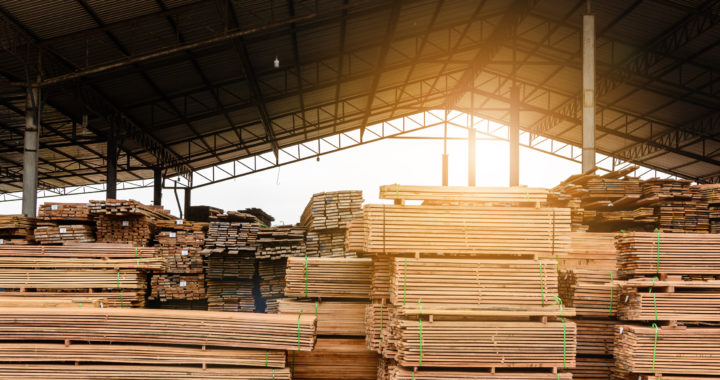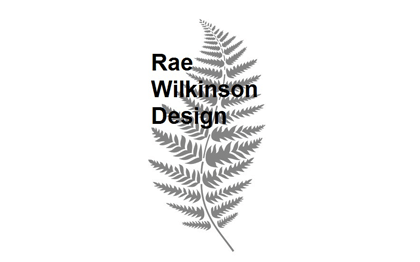There are many good initiatives in place to reassure the end user the timber they are purchasing comes from a legal and reputable source. You may hav come across these and wondered what they mean. The main ones are FSC and EUTR. Lets discuss FSC
The FSC is a certification program that works by laying down a series of standards to guide logging companies. If these standards are diligently followed, the FSC says that the companies will see better economic returns for their products while also being good for the environment, workers, and local communities.
The FSC logo — a green checkmark and tree — aims to assure consumers that the certified wood products have been tracked throughout their supply chains and are guaranteed to come from responsibly managed forests independently monitored by credible third party auditors.
Today, there are more than 50 certification schemes relating to the management of forests, according to the Food and Agriculture Organisation (FAO). Of these, the FSC is the fastest growing scheme in terms of certified area added annually.
Between 2012 and 2017, nearly 50 million hectares (123.5 million acres) of forest — an area roughly the size of Sweden — was newly certified by the FSC. As of September 2017, about 198 million hectares (489 million acres) of forests are being managed according to FSC standards across 84 countries. The bulk of these FSC-certified forests (about 83 percent) lie in Europe and North America. The tropics — Asia, Africa, and Latin America — account for
FSC certification is not only expanding rapidly, but is also one of the most respected forest certification schemes out there.
Here are the 10 principles the FSC work towards:-
1. Comply with all applicable laws, regulations and nationally-ratified international treaties, conventions and agreements.
2. Maintain or enhance the social and economic wellbeing of workers.
3. Identify and uphold Indigenous Peoples’ legal and customary rights of ownership, use and management of land, territories and resources affected by management activities.
4. Contribute to maintaining or enhancing the social and economic wellbeing of local communities.
5. Efficiently manage the range of multiple products and services of the Management Unit to maintain or enhance long term economic viability and the range of environmental and social benefits.
6. Maintain, conserve and/or restore ecosystem services and environmental values of the Management Unit, and shall avoid, repair or mitigate negative environmental impacts.
7. Have a management plan consistent with its policies and objectives and proportionate to scale, intensity and risks of its management activities. The management plan shall be implemented and kept up to date based on monitoring information in order to promote adaptive management. The associated planning and procedural documentation shall be sufficient to guide staff, inform affected stakeholders and interested stakeholders and to justify management decisions.
8. Demonstrate that, progress towards achieving the management objectives, the impacts of management activities and the condition of the Management Unit, are monitored and evaluated proportionate to the scale, intensity and risk of management activities, in order to implement adaptive management.
9. Maintain and/or enhance the High Conservation Values in the Management Unit through applying the precautionary approach.
10. Management activities conducted by or for the organisation for the management unit shall be selected and implemented consistent with the organisation’s economic, environmental and social policies and objectives and in compliance with the Principles and Criteria collectively.
(The 10 FSC Principles, as detailed on their web site fsc-uk.org)
FSC Labelling is broken down into 3 labels, 100%, Mix and Recycled
1. FSC 100% – All the forest-based timber or fibre in an FSC 100% product comes from an FSC-certified forest. FSC 100% products are processed using the FSC ‘transfer system’.
2. FSC mix – The timber or fibre in an FSC Mix product is a mixture of some/all of the following:
• Virgin timber/fibre from an FSC-certified forest
• Reclaimed/recycled timber/fibre
• FSC Controlled Wood
If the product is produced under the FSC ‘percentage system’ it must contain a minimum of 70% FSC-certified wood/fibre and/or post-consumer input, and the balance must be controlled wood and/or pre-consumer reclaimed material. In paper products, both pre-consumer and post-consumer reclaimed materials count as valid ‘FSC’ inputs. If the product is produced under the FSC ‘credit system’, there is no minimum FSC/post-consumer input, however, only a proportion of products (relative to the FSC/post-consumer inputs) can be labelled and/or promoted as FSC certified.
3. FSC Recycled – All timber or fibre in an FSC Recycled product must be pre-consumer or post-consumer reclaimed. For wood products produced under the FSC ‘percentage system’ a minimum of 70% of the inputs must be post-consumer reclaimed; there is no threshold for paper products, but all inputs must be verified as reclaimed. FSC Recycled products can also be produced under the FSC ‘credit’ or ‘transfer’ systems.
FSC Certified forest are are managed with consideration for people, wildlife and the environment. They are independently audited to ensure they meet FSC’s Principles and Criteria for Forest Management.
FSC Controlled wood is material from acceptable sources that can be mixed with FSC-certified material in products that carry the FSC Mix label. To count as FSC Controlled Wood a material’s forest of origin must be risk assessed against the FSC Controlled Wood standards and found to be at a low risk of being:
• Illegally logged
• Harvested from areas where there is violation of traditional or civil rights
• Harvested from forests in which high conservation values are threatened by management activities
• Harvested from areas being converted from forests and other wooded ecosystems to plantations or non forest uses
• Harvested from forests in which genetically modified (GM) trees are planted












